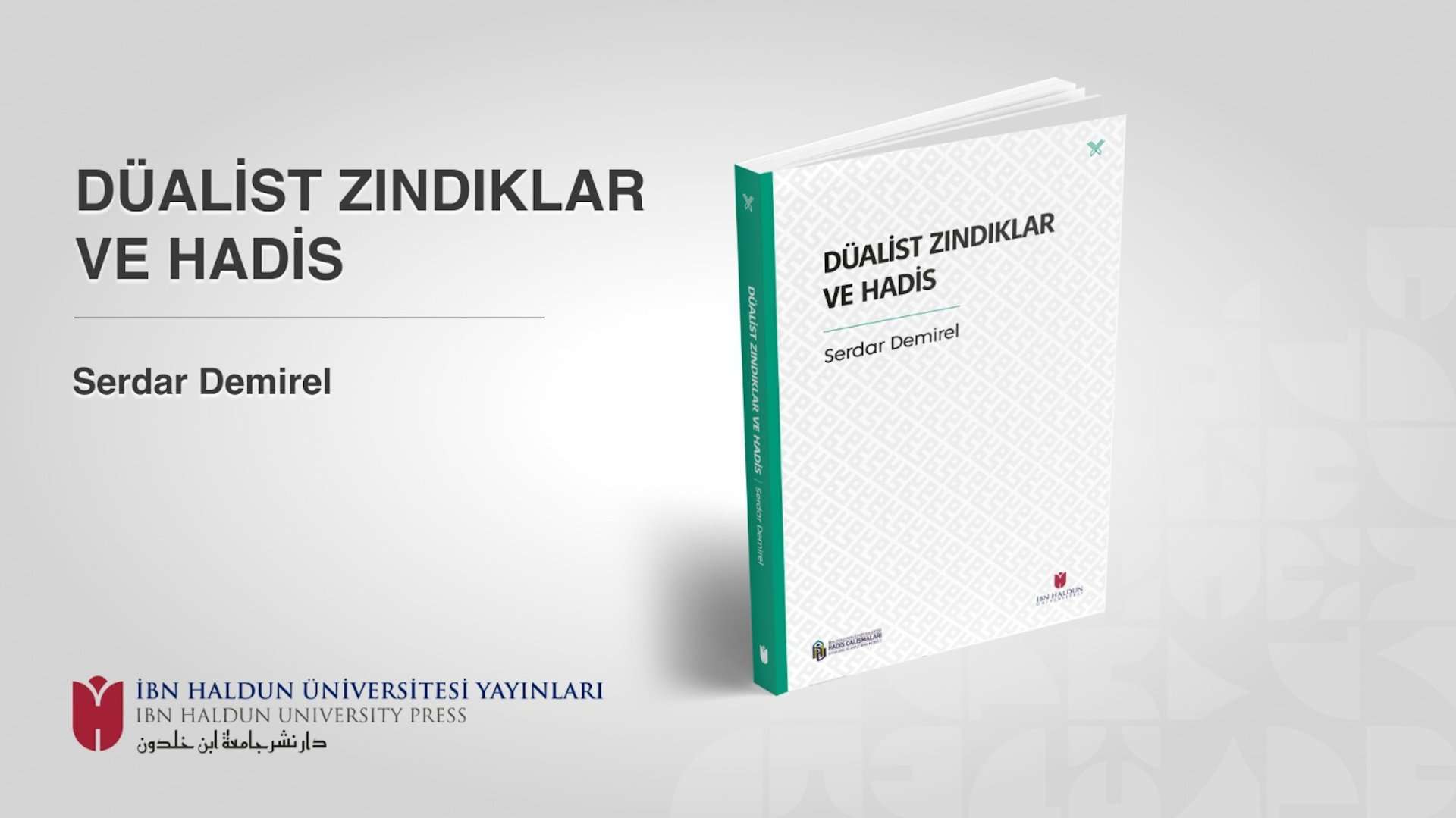


The heretical movements impose dualist belief systems (Senawiyya) and behavioral patterns determined by these belief systems that will shake the established order and belief structures in the societies from which they emerge or in the sociology they try to infiltrate from outside. They have effective methods and persuasion skills. They propose radical changes in individual and social life. This has led to great reactions from time to time. For this reason, the state authority initiated official prosecutions, sometimes by imprisonment or murder, in order to control the opinion leaders, inviters and followers of the movement. The prosecution of Manichaeans who were declared heretics during the glorious period of the Sasanian Empire is an example of this. The investigations against the dualist heretical movements of Mesopotamian and Iranian origin during the Abbasid period also constitute an example from the Islamic period.
Religions and sects associated with heresy have naturally been the subject of the disciplines of the history of religions and sects. However, heresy also has a special relationship with the field of hadith. In the first centuries, and especially after the "fitna period", fabricated hadith activities began, and these activities targeted Islam's clear message of tawheed, its tawheed-based halal and haram teachings, its ethical system and the Muslim unity built on this axis. Different groups played an active role in this process with different aims and methods. One of these groups was the zaydis, who are the subject of this study. Due to their role in hadith fabrication activities, they are also the subject of hadith history, rijāl and usul al-hadīth. In this comprehensive work by Serdar Demirel titled Dualist Zaydis and Hadith, answers are sought to the questions of which religions and sects the zaydis belonged to, how many hadiths they fabricated, and who were the pioneers of these activities in hadith literature. Therefore, a proper examination of the heretics with their historical background will shed light on an important issue in the history of hadith.
The issues that this study seeks to clarify are the nature of the historical heretical movements, their activities in the Muslim society, their role in the fabricated hadith activities, their pioneers, and the measures taken against their activities. In this work, these issues are analyzed with an academic methodology and method. In addition to being a pioneering work in its field, Dualist Heretics and Hadith opens a new horizon for readers in asking new questions with its feature of being a bedside book for future studies.